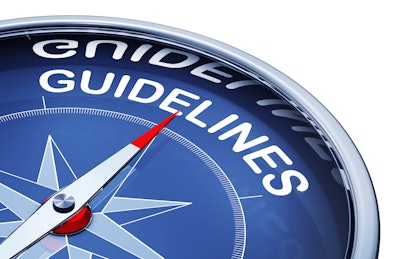
There is currently a lack of evidence on the safe use of nebulizer therapies and the increased risk of transmitting disease. To help address this issue, the COPD Foundation’s Nebulizer Consortium (CNC) published a guidance statement on the safe use of nebulized therapies in health care settings and home environments in the March 2024 issue of CHEST, a peer-reviewed medical journal.
Issac Biney, MD, pulmonologist at the University of Tennessee Medical Center and lead author of the statement, said the goal of the consortium is to understand infection risks that may be associated with nebulizer therapy use, so that guidelines are developed to ensure the safety of people receiving nebulizer therapy, as well as those around them.
“In light of the COVID-19 pandemic, it is increasingly important to establish guidelines for the safe use of nebulizer therapies, which are vital to people with COPD and respiratory illnesses,” Dr. Biney said. “These recommendations address the safe use of these therapies while helping to minimize the risk of exposure to respiratory pathogens for patients, caregivers and health care providers.”
Since nebulizer use varies based on setting, the CNC’s guideline is divided into two sets: recommendations for health care settings and recommendations for home environments.
Twelve recommendations were made for health care settings, with the top three being:
- While administering nebulizer therapy to patients with respiratory infections, health care workers should wear a mask, preferably an N95 respirator.
- A mouthpiece with an attached filter should be the preferred interface if the patient can use it effectively.
- Aseptic techniques should be adhered to during the medication loading process.
Six recommendations were made for the home environment, with the top three being:
- Strictly adhere to the manufacturer’s guidelines for cleaning and disinfecting the device.
- Adhere to aseptic principles during the medication loading process.
- Treatments should be administered either in an area where the air is not recirculated into the house or near an open window.
“These guidelines are a starting point for ensuring safe nebulized therapy delivery in situations where it is clinically indicated,” Dr. Biney said. “Future research is needed on the risk of disease transmission based on specific treatment situations and different nebulizer types, as well as to evaluate the effectiveness of risk mitigation strategies.”
The recommendations were developed based on a literature review of 86 relevant articles from global literature and existing guidelines on nebulization, published from 2000 to 2022.























